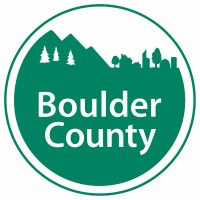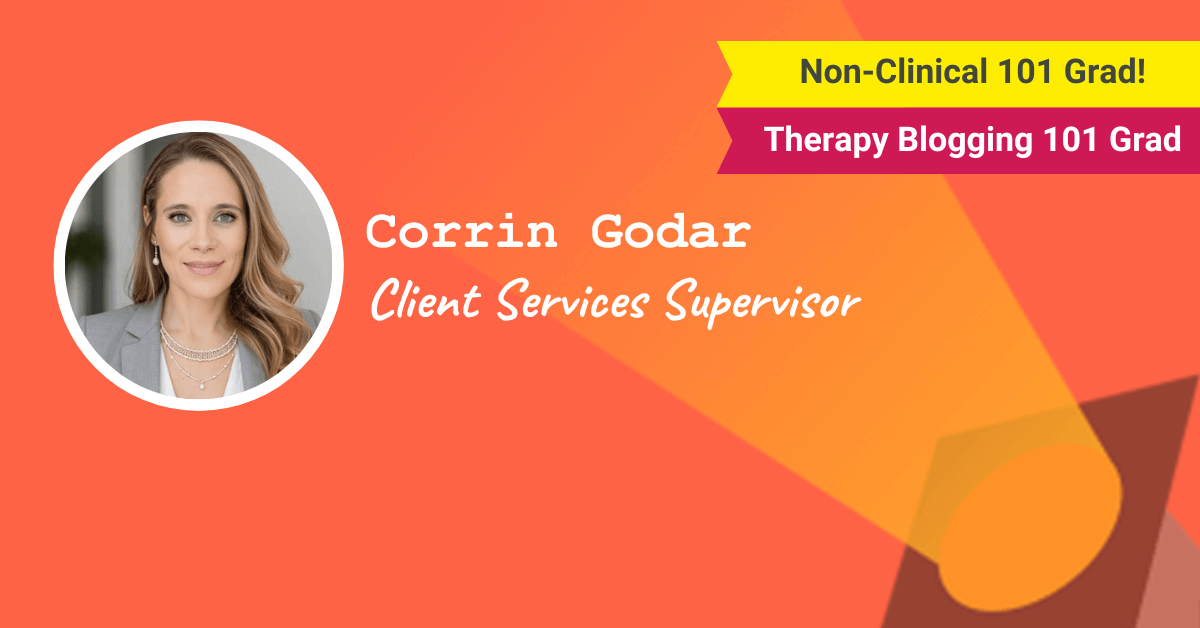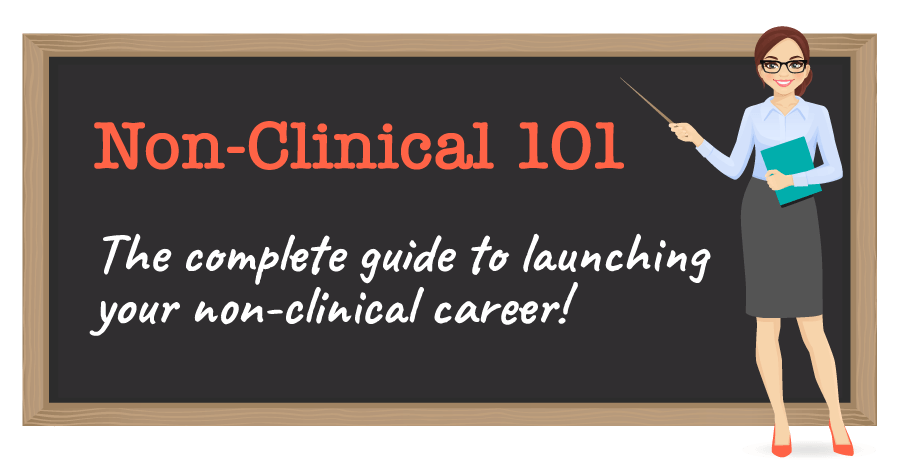This week’s spotlight is on Corrin Godar, a Non-Clinical 101 and Therapy Blogging 101 graduate, who is now Client Services Supervisor for Boulder County Area Agency on Aging!
This post may contain affiliate links or codes. This won’t increase your cost, but it helps keep TNCPT alive, and free of annoying ads! Thank you for your support. 🙂
What is your full name, title, and company name for your current, primary role?
Corrin Godar — Client Services Supervisor for Boulder County Area Agency on Aging

What additional roles do you currently have?
In addition to my client services supervisor role, I do some side work for digital health companies, and I started my own business.
Where are you located?
Lakewood, CO.
Where did you go to OT school, and what year did you graduate?
Indiana University Indianapolis, 2011.
Please refrain from contacting our spotlight participants on social media. There are thousands of readers just like you out there. 🙂 Please ask your questions in the comments on this blog post.
If you’re a Non-Clinical 101 student, you can network with many of our spotlight participants in the alumni groups!
What did you do when you first finished school, and for how long?
I started working in a SNF for the first four to five years of my OT career.
In what setting(s) did you work, and what types of patients did you treat?
I worked mostly with older adults in SNF, home health, and outpatient settings for my nine years as a clinical OT. I treated all patients with all kinds of conditions, including post-joint replacement, neuro conditions, low-vision, and chronic conditions.
I really love neuro rehab though! I had a clinical at a neuro outpatient center, so I think that made me feel much more confident seeing patients post-CVA or brain injury.
I also spent about 50% of my career as a travel OT.
What did you enjoy about your early roles? What didn’t you enjoy?
I really enjoyed the collaboration with PTs, SLPs, and RNs. I loved home assessments and modifications and teaching people how to live more independently and safely at home.
I did not enjoy unrealistic productivity, patients being discharged home that were not medically stable, and not having the time and space to learn new skills and stay up to date on best practices. I stayed up to date on my own time, but wish I could have time to do that at work.
When and why did you decide to do something non-clinical?
I decided about seven years into clinical work that I wanted to do something different because working in healthcare continued to be more challenging with productivity and scope creep.
I also started to see that there were barriers to people recovering outside of what OT interventions could offer, and I wanted to make an impact on health equity and accessibility and influence the social drivers of health.
I was drawn to OT because it was holistic, but it was somewhat limited by insurance reimbursement. So, I started to explore many non-clinical avenues—UX design, writing, digital health roles, and more.
What are you doing these days?
These days, I work primarily as a client services supervisor at the Area Agency on Aging. We provide resources to help people age as they choose, including aging in place.
I support our client-facing resource specialists serving rural mountain areas and caregivers. I engage with community members for feedback and provide them with agency information, assist with program planning, develop workflows with cross-functional teams, and focus on process improvement to optimize service delivery.
I also work with Kandu Health for whatever they need me for—writing as an OT subject matter expert, resource management support, DME projects, quality committee input, etc.
My new-ish side project is to work on building my integrative ergonomics business. I was always fascinated by the complexities of holistic ergonomics, and think it has so much potential to transform people’s lives that is overlooked!
Are you still treating patients, or are you solely non-clinical?
I am solely non-clinical.
How long have you been in your current role?
I have been a client services supervisor since April 2021.
How did you find your job? Did you apply or find it through a connection?
I found this role on Indeed, and it seemed like a good fit for my background. I applied directly through the government website.
Because many governments have a strict and equitable hiring process, networking was not how I found this job. But I definitely used the power of networking for other gig work previously!
What was the interview like for the client services supervisor role?
The interview process felt intense because I was never really interviewed thoroughly as an OT, especially not as a traveling OT.
I had two rounds of panel interviews online, as it was during the pandemic. They each lasted about an hour, and they asked a variety of questions about my experience—including my soft skills and why I wanted the position—to assess how I would fit with their culture and mission.
When did you start your business?
I started a blog, Aging Uniquely, and it’s more like a portfolio for writing jobs at the moment. I took the Therapy Blogging 101 course and found it extremely helpful. There are many things I learned from the course that are still on my to-do list!
I am also in the process of launching my Integrative Ergonomics business and trainings.
Where did you get the idea for your business?
Aging Uniquely: I saw a need for care partner support and people to have creative strategies to age in place outside the normal recommendations that were not always acceptable to them.
Integrative Ergonomics: I saw so many incomplete ergonomics programs at organizations that totally neglect the cognitive and organization ergonomics components. I also saw an opportunity to collaborate with other small business owners in the wellness and fitness space because there are great businesses already out there that could add an ergonomic component and that I would love to refer my future clients to!
What is your business, and what types of products or services do you offer?
Integrative Ergonomics: Online trainings for individuals that cover all aspects of ergonomics and wellness to improve health and productivity. Online trainings for organizations on integrative ergonomics with self audits, implementation plans, strategies to determine and measure metrics, and continuous process improvement strategies for their wellness and ergonomic initiatives.
How have people reacted to you leaving patient care?
I don’t think anyone was shocked, as people close to me knew that I was interested in using my skills in a new way.
What’s a typical day or week in the life like for you? What types of tasks and responsibilities fill your time?
Each day as a client services supervisor is different, and I enjoy that!
I spend most of my time supporting my team’s client-facing work. This includes collaborating with compliance on technical questions, determining budget status, co-developing tools for efficiency, improving processes and workflows, and debriefing complex client cases. I also support programmatic planning and project coordination—and I really love those aspects of my work!
Additionally, I respond directly to clients, community members, and professionals to connect them with resources or collaborate to meet the needs of adults 60+ and caregivers, provide presentations, and do some administrative tasks required by supervisors (approving timecards, check-in meetings, etc.).
What are some of the rewards of your role? What are the biggest challenges?
It’s rewarding to still help others and influence social determinants of health. I also love being able to provide program operations support.
Navigating government processes can be challenging and take time. Supervising can be challenging at times, but it has also been a valuable learning opportunity!
How did your clinical background prepare you for this role? Which skills transferred?
Because I supervised OTAs, those supervisory skills were very relevant to my current position.
My extensive experience working directly with adults 60+ and collaborating with teams were also applicable to this role.
I also spent time referring my patients to resources as a rural traveling OT, so I highlighted my ability to do that since that was the mission of the team I was applying to be a part of, and they were looking for someone who could support rural clients and communities.
The most valuable skill was my understanding of the challenges, barriers, and needs of adults 60+ and care partners. I use those OT insights all the time to make recommendations for our assessments, service lines, and overall program planning.
Ready to launch your own non-clinical career?
Roughly speaking, how are the hours and pay compared to patient care?
The hours are about the same, but I feel like I have way more flexibility and paid time off that I can actually take. I took a large pay cut initially, but have now surpassed where I was when I left clinical work.
It’s also difficult to compare because many government jobs have a pension, way better benefits, more training opportunities, and more time off. So, if you go for a government job, look at the whole package and think about what you value!
What type of person do you think would do well in your client services supervisor role?
Someone dedicated and passionate about helping people and who has a lot of patience. They should enjoy engaging with communities and be a good team player. Government moves at a different (much slower) pace than healthcare. The pace was a big adjustment for me, and it’s beneficial to have time for mindful and intentional work.
Do you work remotely or onsite?
I work hybrid.
Does your organization hire PT, OT, or SLP professionals into non-clinical roles? If so, what type of roles?
They hire anyone, as long as they have the applicable experience working with adults 60+ and caregivers.
Did you read any books, take any courses, or do anything special overall to get you where you are today?
I worked with a career coach to get a sense of direction. But, honestly, landing my current role haphazardly happened. I read the job description, and I was like yep, that’s for me—and it was. I am very lucky and happy!
What is a typical career path for someone in your client services supervisor role?
There are options for lateral moves and program manager roles when available. Many people move within our organization, but not necessarily in a set pattern.
What is next for you? What are your high-level career aspirations?
Since being in my current role, I realized that I love operations, process improvement, and project coordination.
I did some additional education to get my Graduate Certificate in Project Management and Certified LEAN Practitioner certification, so I would love to land a project manager, product manager, process improvement, or other related operations role in the future.





